Welcome to camping season! As the weather starts to warm up and the sun shines brighter, many of us eagerly begin planning our outdoor adventures. Camping, with its endless opportunities for exploration and relaxation, is a cherished activity that allows us to immerse ourselves in the beauty of nature. It offers a chance to disconnect from the constant noise of technology and reconnect with the tranquility of the great outdoors.
In this comprehensive guide, we will delve into the intricacies of preparing for and surviving a camping trip in hot weather. We will explore various strategies and techniques to help you beat the heat and enjoy your adventure to the fullest. So grab a cold drink, find a shady spot, and let’s dive into the world of hot weather camping!
The Challenges of Camping in Hot Weather
Camping in hot weather can present a unique set of challenges compared to cooler temperatures. The intense heat, high humidity, and direct sun exposure can quickly take a toll on your body, making it difficult to stay comfortable and safe. Dehydration, heat exhaustion, and heatstroke are all potential risks that must be taken seriously when camping in hot weather.
One of the biggest challenges of hot weather camping is managing your body temperature. The human body is constantly working to maintain a stable internal temperature, and when the external temperatures are high, this becomes even more challenging. Excessive heat can lead to dehydration, which can cause tiredness, dizziness, and confusion. It can also make you more susceptible to sunburns and other heat-related illnesses. Therefore, it is crucial to stay hydrated and keep your body cool while camping in hot weather.[3]
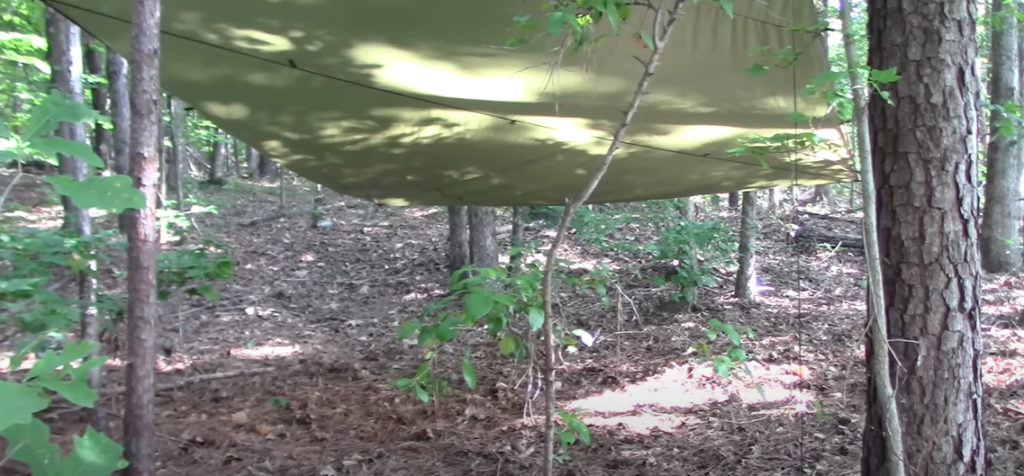
Importance of Proper Preparation
As with any outdoor activity, proper preparation is key to a successful camping trip in hot weather. This includes not only packing the essential gear and supplies but also planning for the specific challenges of camping in high temperatures. Here are some essential tips to help you prepare for your hot weather adventure:
- Choose the right campsite: When camping in hot weather, it’s important to choose a campsite that offers plenty of shade and access to water. Look for campsites near lakes, rivers, or streams where you can cool off during the day.
- Pack light-colored and loose-fitting clothing: Light-colored clothing reflects sunlight, helping to keep your body cooler. Loose-fitting clothes allow for better air circulation, preventing overheating.
- Bring plenty of water: Staying hydrated is crucial when camping in hot weather. Make sure to pack enough water for your entire trip, and consider bringing a filtration system or purification tablets if you plan on drinking from natural sources.
- Set up camp strategically: Pitch your tent in a shaded area, preferably under trees or near large rocks that can provide shade throughout the day. Avoid setting up in direct sunlight, which can heat up your tent and make it uncomfortable to sleep in at night.
- Plan for hot weather meals: When planning your camping meals, opt for light and refreshing foods that require minimal cooking. This will help prevent you from having to spend extended periods of time near a hot stove or fire.[3]
Choosing the Right Campsite
Choosing the right campsite is crucial when camping in hot weather. Look for campsites near water sources, such as rivers, lakes, or streams. These spots not only provide excellent opportunities to cool off and stay hydrated during the day but also offer picturesque views and potential activities like swimming or fishing.
Another factor to consider is the presence of shade. Look for campsites that offer plenty of natural shade from trees, rocks, or other structures. This will not only keep you cooler during the day but also provide a more comfortable place to rest and relax. Imagine lounging under a canopy of trees, enjoying the gentle rustle of leaves and the soothing sounds of nature.[3]
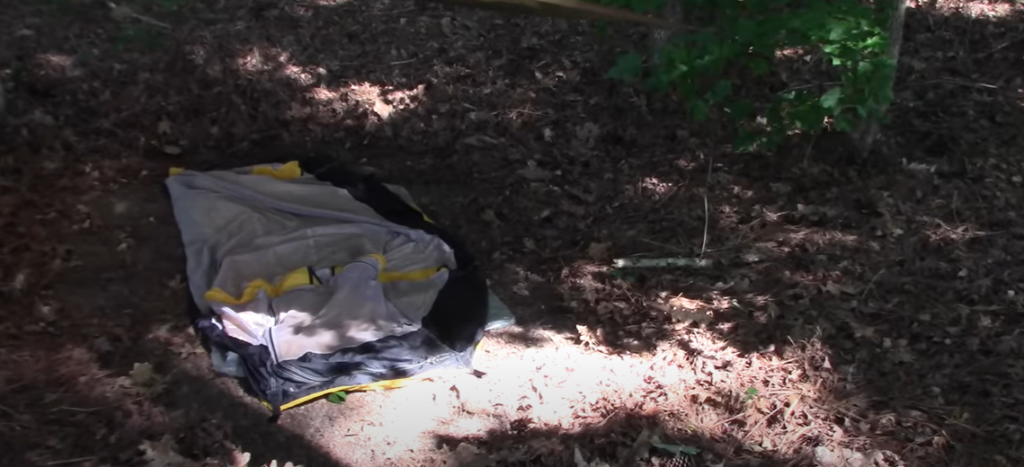
Essential Gear for Hot-Weather Camping
In addition to the standard camping gear, there are some essential items you should consider bringing when camping in hot weather. These include:
- Sun protection: It is essential to protect your skin from harmful UV rays. Make sure to wear a wide-brimmed hat to shield your face and neck from direct sunlight. Opt for sunglasses with UV protection to safeguard your eyes. Additionally, apply sunscreen with a high SPF to all exposed areas of your skin for maximum protection.
- Cooling towels or bandanas: When the heat becomes unbearable, cooling towels or bandanas can provide instant relief. These can be soaked in water and then draped around your neck or forehead. The moisture evaporates gradually, creating a cooling effect that helps regulate your body temperature and keep you comfortable.
- Portable fans: Don’t let the heat get the best of you, especially at night when the air feels still and stagnant. Invest in a battery-operated or solar-powered portable fan to create a gentle breeze that cools you down. Place it near your sleeping area for a more comfortable and restful sleep during hot summer nights.
- Misting spray bottle: Another handy tool to combat the heat is a small misting spray bottle filled with water. Throughout the day, lightly mist your face and body to instantly refresh yourself. The fine mist settles on your skin and evaporates, providing a pleasant cooling sensation. It’s a simple yet effective way to beat the heat and stay cool.[3]
Planning Your Camping Schedule
Optimal Times for Outdoor Activities
When camping in hot weather, it’s crucial to plan your outdoor activities strategically to beat the heat. Optimize your schedule by focusing on the coolest parts of the day: the early morning and evening hours. During these times, temperatures are lower, and the sun’s intensity is gentler. It’s advisable to avoid engaging in strenuous activities during the middle of the day when the heat reaches its peak. This precaution minimizes the risk of heat-related illnesses. Instead, plan for leisurely hikes or refreshing swims during the cooler hours. To recharge and cool off, take breaks in shaded areas and savor the tranquility of nature surrounding you. By following these guidelines, you can fully enjoy your camping experience while staying comfortable and safe.[1]
Navigating High-Temperature Peaks
During the hottest parts of the day, when the sun is at its zenith and the heat is intense, it is highly recommended to seek refuge in shaded areas to shield yourself from the scorching rays. Engaging in strenuous activities under such conditions can be physically demanding and potentially harmful to your well-being. Instead, why not embrace the opportunity to indulge in a rejuvenating siesta or unwind in a comfortable hammock, immersing yourself in the pages of a captivating book? If, by chance, you are compelled to venture outside, ensure you are adequately protected from the sun’s relentless assault by donning appropriate sun protection, such as a wide-brimmed hat and sunscreen.[1]
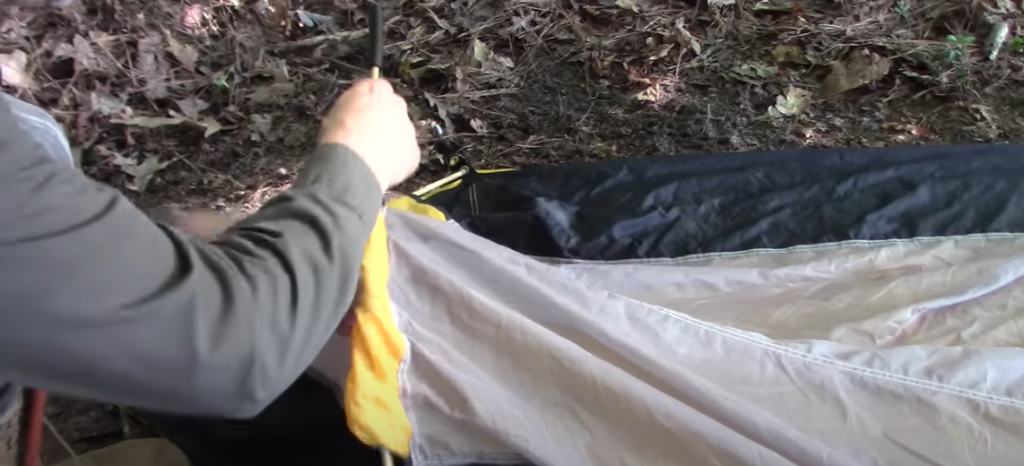
Setting Up Camp
Pitching a Heat-Resistant Tent
When setting up camp, it’s crucial to carefully consider the location and orientation of your tent to ensure a comfortable experience. In hot weather, choosing a shaded area becomes even more important, as direct sunlight can rapidly transform your tent into a sweltering sauna. Look for a spot under a tree canopy or near natural shade to create a cooler environment inside your tent.
Furthermore, pay attention to the airflow in the vicinity of your campsite. Select a location where there is a consistent breeze to promote air circulation and ventilation. By strategically pitching your tent in an area with good airflow, you can prevent stuffiness and maintain a fresh atmosphere inside.
To optimize air circulation within your tent, consider leaving the windows unzipped or partially open. This will allow hot air to escape and invite cooler air to enter, effectively regulating the temperature inside. By implementing these measures, you can create a more comfortable and enjoyable camping experience.[1]
Creating a Comfortable Sleeping Area
Getting a good night’s sleep is absolutely crucial for an enjoyable camping trip, especially when the weather is hot. To ensure maximum comfort, consider investing in a high-quality sleeping pad or air mattress that will provide excellent insulation between you and the ground. This will not only help you stay cooler but also protect you from any potential discomfort caused by sharp rocks or protruding roots.
By following these helpful tips, you can create a cozy oasis within your camping setup, where you can truly relax and recharge for the exciting adventures that await you the next day. So, prioritize a good night’s sleep and make your camping experience even more enjoyable and rejuvenating.[1]
Cooking and Meal Preparation
When camping in hot weather, it’s crucial to prioritize your hydration and nutrition. Take the time to plan your meals thoughtfully, choosing lighter options like refreshing salads, juicy fruits, and tasty sandwiches that require minimal cooking. By opting for these types of meals, not only will you avoid generating extra heat from cooking, but you’ll also provide your body with essential nutrients to keep your energy levels up throughout your outdoor adventures.
To further enhance your camping experience, consider using a portable camping stove instead of relying on building a fire to cook your meals. This alternative method will not only minimize the heat and smoke generated but also offer you a more comfortable cooking experience, allowing you to fully enjoy the natural surroundings.
And let’s not forget the importance of staying properly hydrated. In addition to drinking plenty of water, consider replenishing your electrolytes by consuming sports drinks or refreshing coconut water. Dehydration can creep up on you in hot weather and lead to unpleasant symptoms like fatigue, headaches, and overall discomfort. So, make sure to have an ample supply of water on hand and remember to drink before you even start to feel thirsty.
By paying attention to these details and taking proactive steps to prioritize your well-being while camping in hot weather, you’ll be able to fully embrace and enjoy your outdoor experience to the maximum![2]
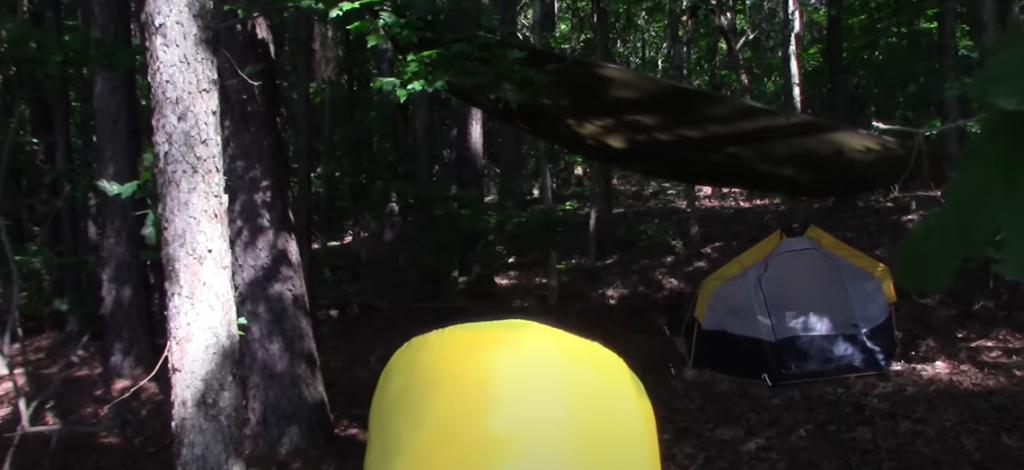
Staying Hydrated and Cool
Staying hydrated and cool is crucial when camping in hot weather. In addition to drinking water, you can also incorporate other methods to stay cool and keep your body temperature down. Here are a few suggestions:
- Dark colors absorb heat, while light colors reflect it. Opt- Wear light-colored and loose-fitting clothing: Dark colors absorb heat, while light colors reflect it. Opt for loose-fitting clothes made from breathable materials like cotton or linen to allow air circulation and keep you cooler. Additionally, choosing light-colored clothing with a high UPF (Ultraviolet Protection Factor) rating can provide extra protection against harmful UV rays from the sun.
- Take frequent breaks in the shade: Whether you’re hiking or engaging in other outdoor activities, be sure to take breaks in shaded areas to cool off. This will help prevent overheating and exhaustion. Find a comfortable spot under a tree or bring along a portable shade canopy to create your own shaded oasis.
- Swim or soak your feet in natural bodies of water: If you’re camping near a lake or river, take advantage of the natural body of water to cool off. Not only can you swim to beat the heat, but you can also soak your feet in the refreshing water to lower your overall body temperature. This can provide a rejuvenating and invigorating experience, especially on hot summer days.[2]
By following these tips and staying mindful of your body’s needs, you can stay hydrated and cool during your hot weather camping trip. Remember to drink plenty of water, wear sunscreen, and listen to your body’s signals to ensure a safe and enjoyable outdoor adventure.
Dealing with Insects and Wildlife
As temperatures rise, so do the activity levels of insects and wildlife. It’s essential to take precautions to protect yourself from potential bites or encounters with these creatures during your camping trip. Here are a few tips:
- Wear insect repellent: Use an EPA-approved insect repellent that contains DEET or another effective ingredient to keep pesky bugs at bay.
- Avoid scented products: Insects are attracted to sweet-smelling products such as perfumes, lotions, and scented soaps. Look for unscented options when packing your toiletries.
- Keep food stored properly: To avoid attracting wildlife, keep all food and waste securely stored in airtight containers. Never leave food out or throw scraps on the ground.
- Be aware of your surroundings: When hiking or exploring, stay alert and watch for any signs of wildlife. Keep a safe distance if you encounter any animals and avoid approaching or feeding them.[2]
By taking these precautions, you can minimize the risk of insect bites or wildlife encounters during your hot weather camping trip. Remember to also pack a first aid kit in case of any emergencies.
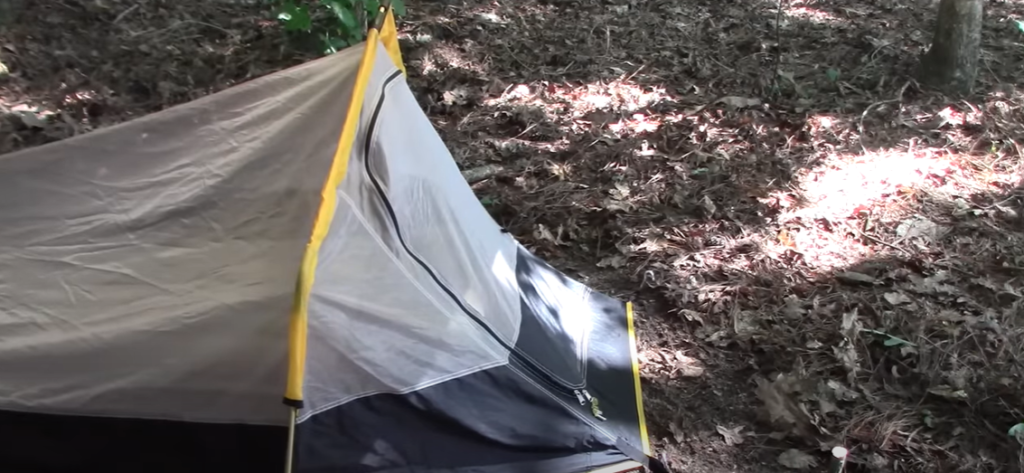
FAQ
How do I keep my camping tent cool in the summer?
Keeping your tent cool in the summer can be challenging, but there are a few things you can do to help regulate the temperature:
- Choose a shaded area: Whenever possible, pitch your tent in a shaded area. This will provide natural protection from direct sunlight and help keep the interior cooler.
- Ventilate properly: As mentioned earlier, make sure to leave windows unzipped or use a tent with mesh panels for proper air circulation. You can also use a portable fan to circulate air and create a cooling breeze.
- Use reflective tarps: Consider using reflective tarps on top of your tent to reflect the sun’s rays away from your tent.
Is 26 degrees too cold to camp?
It ultimately depends on your personal preference and the equipment you have. For some, 26 degrees may be too cold to camp, while for others, it may be a comfortable temperature. It’s always best to check the forecast beforehand and pack appropriate gear for different weather conditions. Additionally, wearing layers and using a quality sleeping bag can help keep you warm during colder camping trips.
Is it hot to sleep in a tent?
It depends on the outside temperature and how well-ventilated your tent is. If the weather is hot, a tent can trap heat and become uncomfortable to sleep in. To prevent this, make sure to choose a well-ventilated tent or leave windows/doors unzipped for proper air circulation. You can also try using a portable fan inside the tent to create a cooling breeze. Additionally, wearing lightweight and breathable clothing can help you stay comfortable during hot nights in the tent.
Can you overheat in a tent?
Yes, you can overheat in a tent, especially in hot weather. This is why it’s essential to choose a well-ventilated tent and keep the air circulating by leaving windows/doors unzipped or using a fan. If you start feeling overheated, take breaks outside of the tent in shaded areas to cool off. It’s also crucial to stay hydrated to prevent heat exhaustion or heatstroke. Overall, pay attention to your body’s signals and take necessary measures to avoid overheating in a tent.
How do you prevent heatstroke when camping?
To prevent heatstroke when camping, make sure to stay hydrated by drinking plenty of water and electrolyte-rich beverages. Avoid excessive physical activity during the hottest part of the day, and take frequent breaks in shaded areas. Wear light-colored and loose-fitting clothing made from breathable materials to allow air circulation and keep your body temperature down. Additionally, pay attention to your body’s signals and seek medical attention if you start experiencing symptoms of heatstroke, such as dizziness, nausea, or a rapid pulse. Keep in mind that prevention is key when it comes to heat-related illnesses, so taking necessary precautions beforehand can help avoid any potential health risks.
Useful Video: Tips To Stay Cool During Hot Weather Camping
Conclusion
Camping in hot weather can be a fun and rewarding experience if you plan and prepare adequately. By following the tips mentioned in this guide, you can stay safe, comfortable, and cool during your next camping adventure. Remember to always listen to your body, stay hydrated, and take necessary precautions to prevent any potential health risks. With proper planning and preparation, you can enjoy the great outdoors even in the hottest of weather. So pack your bags, grab your sunscreen, and get ready for a memorable hot weather camping trip! Happy camping!
References:
- https://www.winfieldsoutdoors.co.uk/blog/top-tips-for-camping-in-summer-hot-weather/
- https://www.outsideonline.com/outdoor-gear/camping/how-survive-camping-scorching-hot-weather/
- https://embracingthewind.com/camping-in-heat/

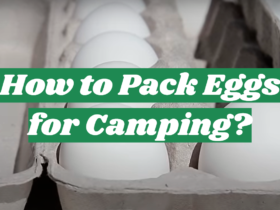
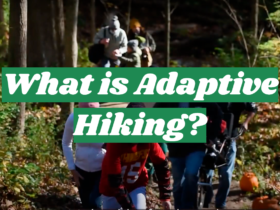
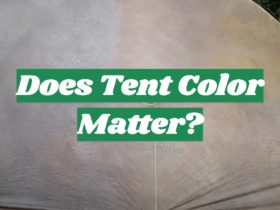
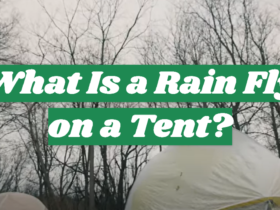
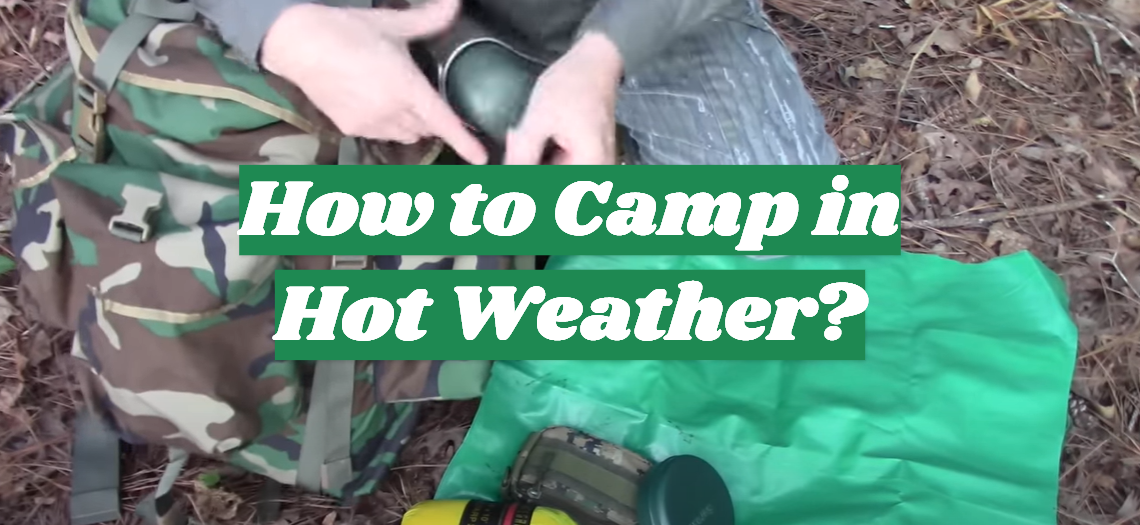

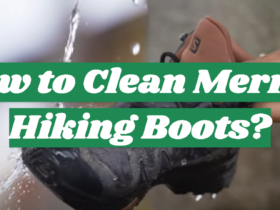
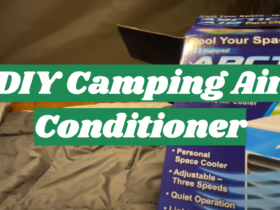
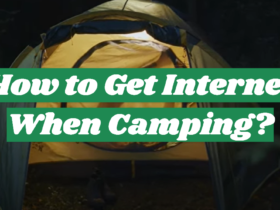
Leave a Review